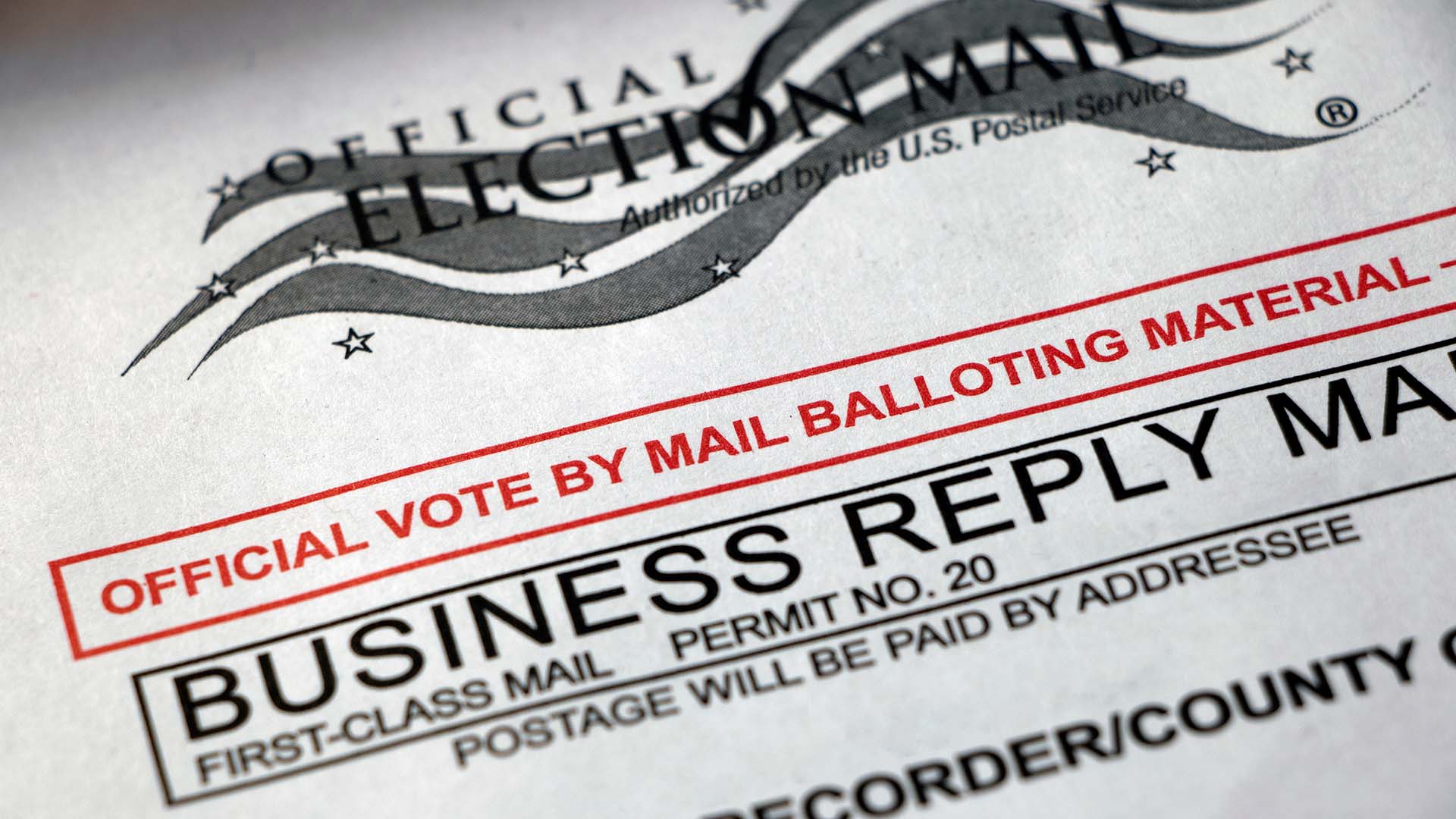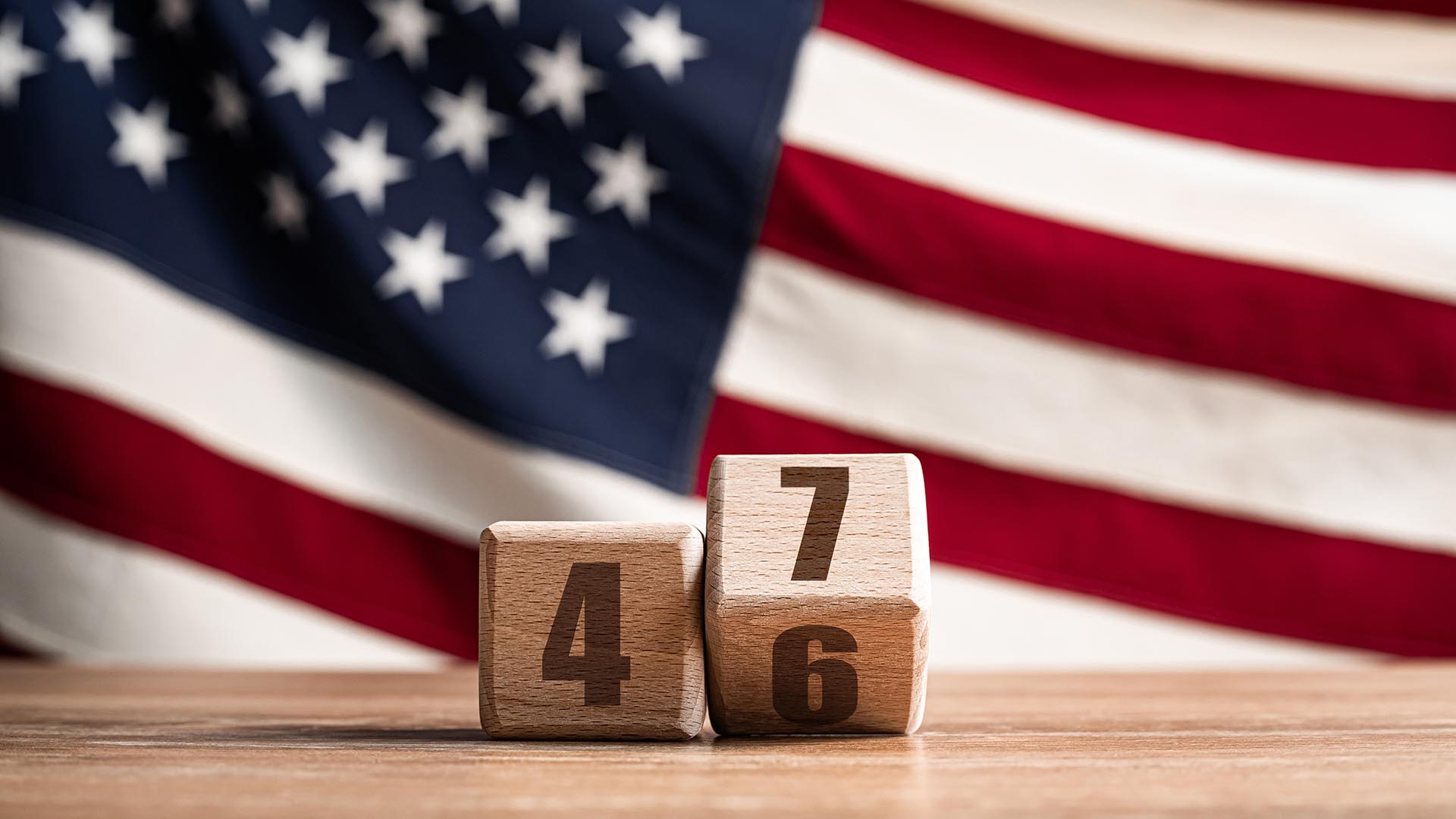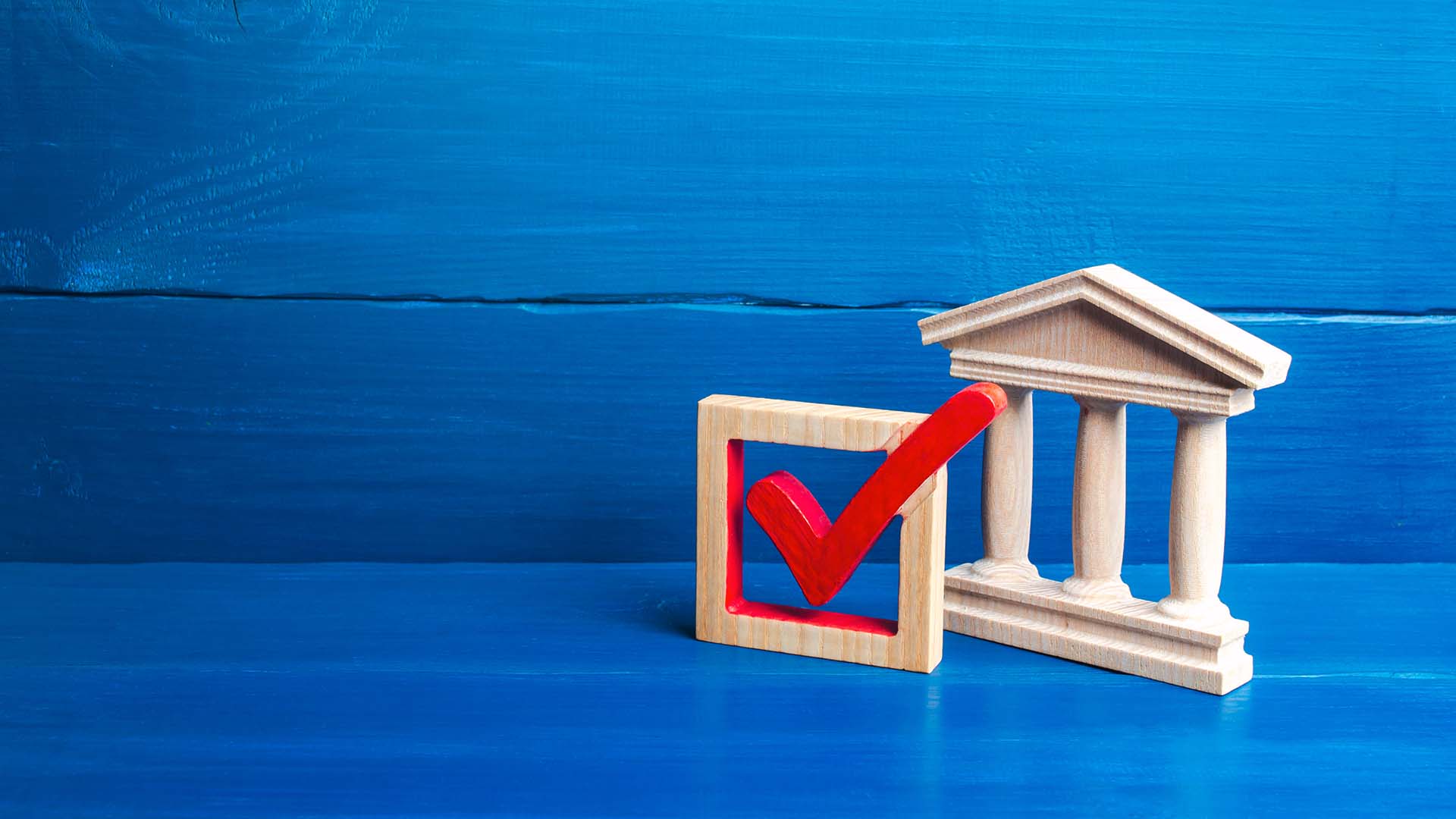Can the SBA handle student loans? Trump thinks so
Experts question how the aid relied on by millions will be administered under the Small Business Administration.

As President Donald Trump pursues efforts to eliminate the U.S. Department of Education, he and his administration — and leaders in Congress — have repeatedly said student loans will not go away.
They will go somewhere, however.
As of last month, it appears the destination for student-loan administration will be the federal Small Business Administration. Trump’s announcement that student loans will be handled by the SBA when the Education Department is gone surprised many. That is partly because previous discussions involved transferring that role to the Treasury Department. And partly because overseeing loans to millions of students each year would pull the SBA into new and unfamiliar territory.
As Adam Melnick, J.D., assistant professor of Management at Metropolitan State University of Denver and director of the University’s Center for Entrepreneurship, put it, “The SBA currently does very little in the way of direct lending.”
According to its website, the federal agency provides counseling, resources and contracting expertise to small businesses and acts as a voice for them.
Rather than screening applicants and approving loans, the SBA often acts as a kind of safety net for other lenders, guaranteeing a percentage of loans of up to $5 million made by private lenders, Melnick said. The agency also partners with nonprofit lenders that underwrite commercial-real-estate loans and provides funds to intermediary, community-based nonprofit lenders who make so-called “micro-loans” to small businesses.
The agency’s loan programs expanded during the pandemic to include disaster-relief aid, but, Melnick said, “The majority of direct lending the SBA does is disaster relief.”
The Department of Education typically provides student aid, including loans, to some 10 million people a year, according to the Pew Research Center. As of March, student-loan debt in the United States amounted to nearly $1.7 trillion owed by 43 million people.
Taking on the servicing of those loans and approving new ones would more than double the loan-oversight workload at the SBA, Melnick said. This while the agency has stated plans to cut its workforce by 43%.
Screening and qualifying recipients of business loans is different from administering student loans, Melnick said. “The skill set is entirely different from the skill set for determining who gets a small-business loan,” the instructor said.
Generally, a student is eligible for aid, including loans, if they show need and are a U.S. citizen or eligible noncitizen enrolled at an eligible college or career/trade school.
While some have voiced concern about the potential transfer, the SBA’s new director, Kelly Loeffler, has tried to reassure skeptics. “The SBA stands ready to take the lead on restoring accountability and integrity to America’s student loan portfolio,” Loeffler posted on X on March 21.
RELATED: In wake of SCOTUS student debt ruling, MSU Denver doubles down on affordability
A system in which a government entity guarantees loans made by private lenders, which the SBA often employs, has been used before to administer student loans.
Before Congress changed the system in 1993, the Department of Education provided guarantees for private loans to students rather than providing direct loans itself to students, said Robert Preuhs, Ph.D., professor and chair of the MSU Denver Political Science Department.
The Department of Education has been in conservatives’ crosshairs virtually since it was created in 1979 during President Jimmy Carter’s administration, Preuhs said.
Previously, the federal government’s involvement in education was through the Department of Health, Education and Welfare, which dated to the 1950s.
“Ronald Reagan pledged to eliminate the Department of Education” when he took office in 1981, Preuhs said. But he couldn’t, the professor said, “because it requires an act of Congress to eliminate any federal agency.”
Objections to the department largely stem from conservatives’ desire to give states control over matters such as education and their goal of expanding school choice through vouchers and other programs, Preuhs said.
Under the current administration, the philosophy behind eliminating the department dovetails nicely with efforts of the Department of Government Efficiency to reduce spending by firing federal employees, he said.
When all the changes might take effect remains unclear. While Republicans in Congress have initiated legislation to dissolve the Education Department, several have also said transferring loans to the SBA may be temporary.
In the meantime, the White House and members of Congress are reassuring students and families that loans and other student aid won’t go away.
In a statement reported by Politico, White House Press Secretary Karoline Leavitt said that while the president is working to dismantle the Department of Education, he is also “safeguarding critical functions for students and families such as student loans, special-needs programs and nutrition programs.”
Learn about Financial Aid and Scholarships at MSU Denver.






